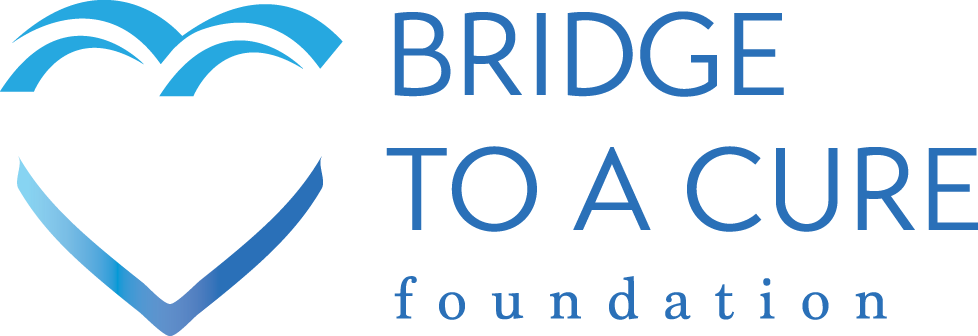Childhood cancer is a life-altering diagnosis for families. Facing it requires a multi-pronged approach, and thankfully, new technologies are emerging to offer glimmers of hope. One such innovation is the concept of digital twins, virtual replicas of a patient’s biology used to personalize treatment plans and potentially revolutionize pediatric oncology.
What are Digital Twins in Healthcare?
Imagine a virtual version of yourself, a computer model incorporating your unique genetic makeup, tumor characteristics, and treatment response. This is the essence of a digital twin in healthcare. These models create a dynamic representation of a patient’s health by integrating various data sources like medical imaging, genetic analysis, and real-time biometrics collected from wearable devices.
In the context of childhood cancers, digital twins hold immense potential. These “virtual patients” can be used to:
- Simulate Treatment Responses: Doctors can run simulations on the digital twin, testing different treatment options and predicting their effectiveness. This allows personalized therapy plans tailored to the specific cancer and the child’s unique biology.
- Predict Treatment Side Effects: Digital twins can forecast potential side effects of various treatments, enabling doctors to choose the most efficacious option with minimal adverse effects, improving a child’s quality of life during treatment.
- Develop New Therapies: Researchers can utilize digital twins to test the efficacy and safety of new drugs in a virtual environment before clinical trials. This reduces risks and accelerates the development of more effective treatments.
New Technologies Propelling the Digital Twin Revolution
The power of digital twins lies in their ability to leverage a confluence of cutting-edge technologies:
- Artificial Intelligence (AI): AI algorithms analyze vast amounts of patient data, identifying patterns and more accurately predicting treatment outcomes.
- Machine Learning (ML): ML models learn from existing data on childhood cancers and treatment responses, continuously improving the predictive power of digital twins.
- Big Data Analytics: The ability to collect, store, and analyze vast datasets, including genomic information, medical imaging, and treatment response data, is crucial for building robust digital twins.
- High-Performance Computing: Simulating complex biological processes within digital twins requires immense computational power, which high-performance computing provides.
The Impact on Childhood Cancer Treatment
The potential benefits of digital twins for childhood cancers are multifaceted:
- More Targeted Therapies: Digital twins pave the way for precision medicine, where treatments are customized based on a child’s needs. This can lead to higher cure rates and improved long-term outcomes.
- Reduced Treatment Burden: Doctors can choose gentler therapies by predicting side effects, minimizing the child’s physical and emotional toll.
- Faster Drug Development: Simulating new drugs in a virtual environment allows researchers to identify promising candidates faster, ultimately leading to more effective therapies reaching children in need sooner.
- Improved Patient Care: Digital twins empower doctors to make more informed decisions, improving patient care and family communication.
Challenges and the Road Ahead
While digital twins hold immense promise, there are hurdles to overcome:
- Data Security and Privacy: Safeguarding sensitive patient data used to create digital twins is paramount. Robust data security protocols are essential to earn patient trust.
- Model Development and Validation: Building accurate and reliable digital twins requires extensive data and ongoing validation to ensure their efficacy.
- Infrastructure and Accessibility: Not all healthcare institutions might have the resources and infrastructure needed to implement digital twin technology. Ensuring equitable access will be crucial.
Despite these challenges, the potential benefits of digital twins in treating childhood cancers are undeniable.
As research progresses and technology advances, Bridge To A Cure Foundation expects digital twins to become a cornerstone of childhood cancer treatment, offering a brighter future for children battling this disease.
The Future of Digital Twins in Healthcare
The impact of digital twins extends beyond childhood cancers. This technology has the potential to revolutionize the entire healthcare landscape, and Bridge To A Cure is helping to foster its use. Imagine a future where digital twins are used to manage chronic diseases, predict health risks, and even prevent illnesses. While this vision might seem distant, the strides in digital twin technology in pediatric oncology offer a glimpse into a future where personalized medicine empowers doctors to fight diseases more effectively, leading to a healthier future for all.






